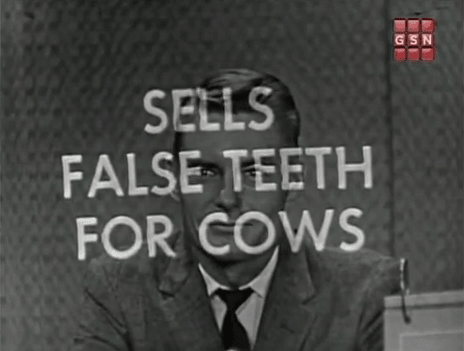The gear and pinion are running at high speeds and no-load condition.
are the pinion and gear tooth will have different expansions in radial direction?
I think, as the the gear is larger in size, the growth or expansion of the gear tooth is more than the pinion tooth.
if the expansion of the gear tooth is more, is there any contact between the gear tooth and pinion root area?
Please clarify.
are the pinion and gear tooth will have different expansions in radial direction?
I think, as the the gear is larger in size, the growth or expansion of the gear tooth is more than the pinion tooth.
if the expansion of the gear tooth is more, is there any contact between the gear tooth and pinion root area?
Please clarify.

